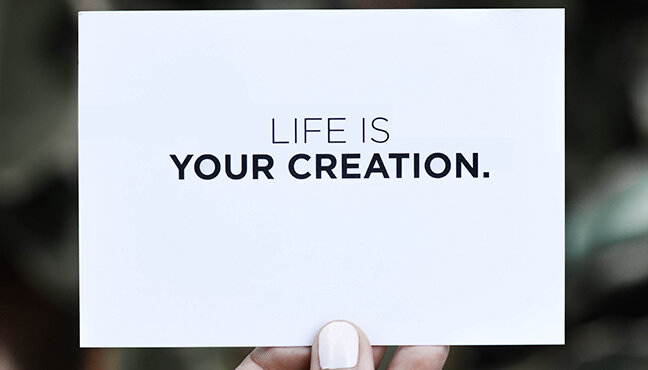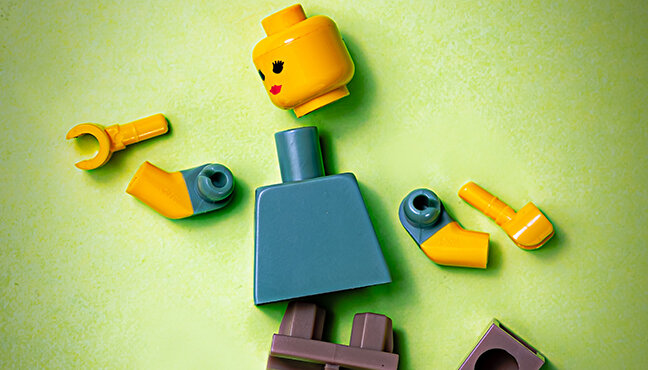Let’s take these 3 steps together
/I hope your holiday weekend was a happy one.
Perhaps, like me, you spent time with people you love, and yet your feelings about celebrating our country’s independence felt more sober this year.
Did you, too, find yourself reflecting on the meaning of independence and freedom with a heavy heart?
I have written about our relationship to freedom before. You may want to read How free do you feel?, that I wrote in July 2021. And 2 years ago my topic was Is your definition of freedom too small?
We cannot take freedom for granted
Freedoms that many of us long took as a given are now gone, and more are in danger.
This can make us feel powerless — a subject I wrote about last week. I included a list of ways we can each use our power now, that you may want to look over.
I believe that taking action is the path to the changes so many of us want to see.
Where and how to start
1. Begin with awareness of your energy
Taking meaningful action begins with our state of mind. Positive thoughts lead to positive outcomes — and, yes, sustaining positive thoughts can feel challenging in times like these.
I invite you to consider the energy you cultivate and bring to your days. As my mentor often reminds me, the energy from which you create (anything) impacts the outcomes you experience.
Practices like these will support you to sustain positive energy, and will impact everything you do.
Start (or expand) a daily gratitude practice.
Get ample rest and nourish your body.
Focus on love. Embrace kindness and compassion.
Spend time outdoors. Nature is a natural healer.
Look for wonder all around you. (It’s always there!)
Notice if you slip into negativity and actively reframe your thoughts.
Positive energy generates more positive energy! The people around you will feel it, and be attracted to it, and a great expanding cycle is set in motion.
2. Consider the people with whom you spend time
We are social creatures, and the people with whom we spend time have a great influence on our state of mind.
Are you surrounding yourself with, or tolerating, people who are bitter, angry, or dour?
Do you actively choose to be with people who are uplifting and inspiring?
When you choose to surround yourself with people who exude positive energy, who are creative thinkers, and who look for opportunities to take meaningful action that aligns with your values, you boost your energy. And, you amplify the impact of your shared efforts, which in turn engages more like-minded people.
And while many of us must interact with people who see the world through a negative filter, appreciate that those interactions can be managed with careful thought and by setting healthy boundaries.
3. Lead the way
Most of us are inclined to sit back and wait for others to lead us.
I believe we all have the opportunity to be leaders now.
Some people will organize efforts on a grand scale, and that is great. We benefit when individuals and organizations bring people and resources together to create collective action at scale.
We can contribute to those large efforts. Each person who shows up to march, writes a check, makes a call, or writes a postcard adds to the positive outcomes that are possible.
And consider this.
Many people fail to appreciate that all of us can take action to lead in small and powerful ways — each day.
In our conversations, in speaking up when we might typically stay silent, in inviting people to be engaged and collaborate, we have power.
Stepping into your power and speaking your truth are key ways you Live Big. The more you do it, the more natural it becomes to live and lead that way.
Please join me
I believe that in this moment we are being called to use our power to restore and expand liberty.
While it will take time and commitment, we can build a society that is just for all, where all can exercise freedom.
Let’s be creators of change and lead together.






















